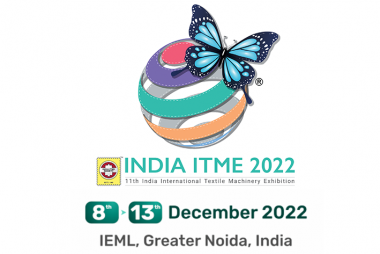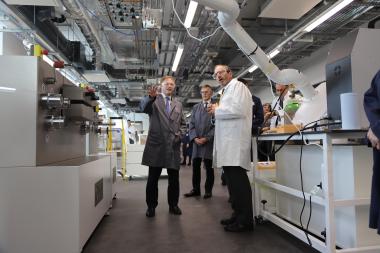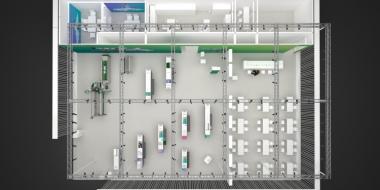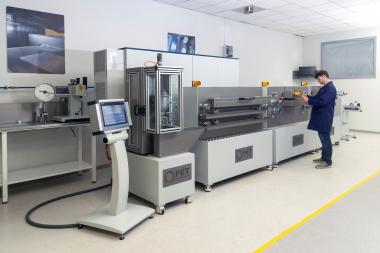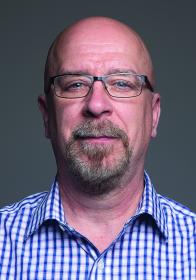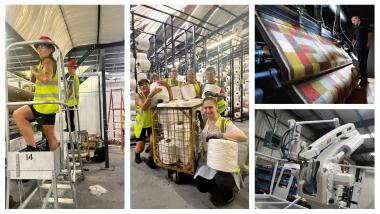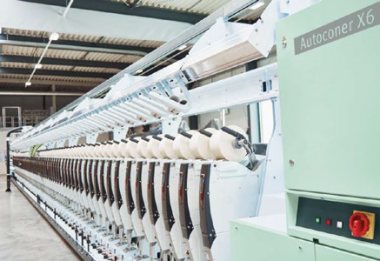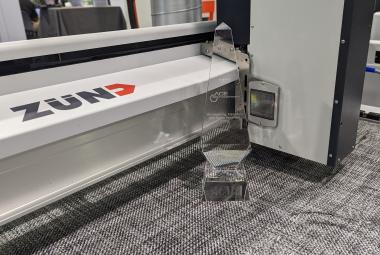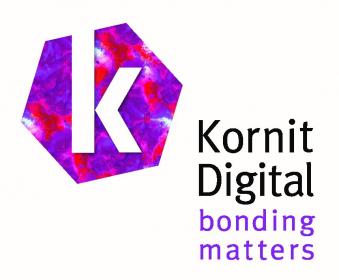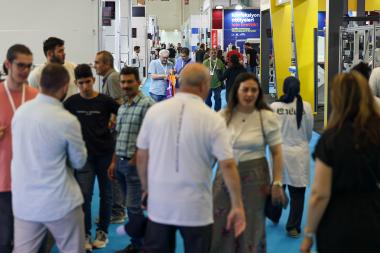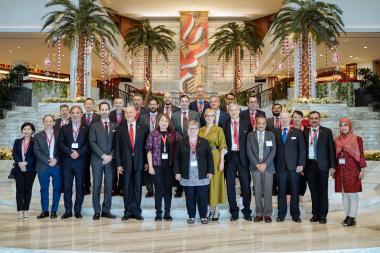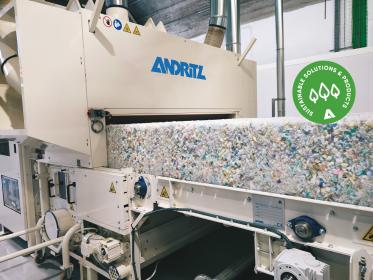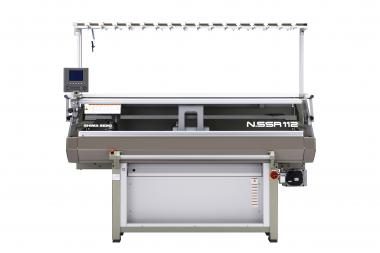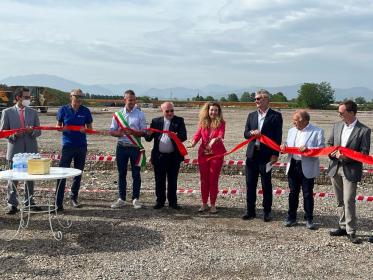India ITME 2022: Empowering Textile Through Technology
The 11th edition of India ITME 2022, a textile engineering and technology B2B Exhibition, was hosted in IEML, Greater Noida, U.P. under participation from 68 countries. It showcased more than 1600 Live machinery and unveiled 69 new products.
After a gap of six years, the event recorded a high flow of quality visitors - approx. 87,400 unique visitors - which included industry members, technocrats, academicians, students and government officials apart from the delegations from 13 countries lead by senior officials of respective country who are looking to engage with India as sourcing and trade partner for developing their textile industry.
The high-profile technology & engineering exhibition for textiles witnessed participation from leading Indian institutes for textile engineering such as VJTI Mumbai, DKTE Ichalkaranji where MOU’s were signed for knowledge exchange with Swiss Textile Machinery Association and Italian Textile Machinery Association, paving way for collaboration not only in business but also in technical education.
The six-day event carried forward its theme “Empowering Textile Through Technology” encouraging indigenously developed innovations and research by Indian companies.
The six-day event set the foundation for upgradation and modernization of the textile industry of India which is the 2nd largest employment generation sector after agriculture.
ITME


